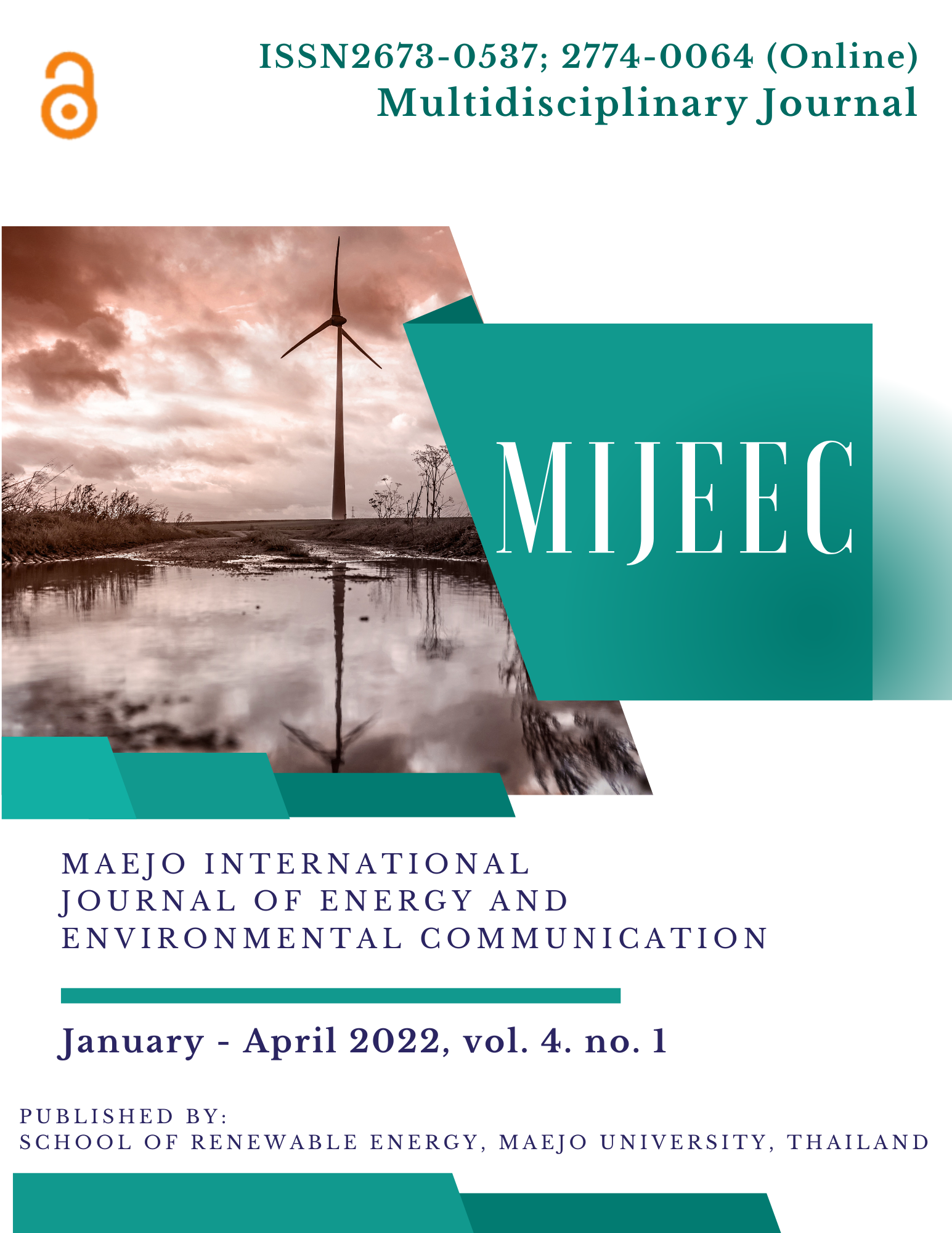Image analysis reveals cellular fragmentation of Spirulina platensis upon treatment with heavy metal ions
Main Article Content
Abstract
Bioremediation is a promising technique that can be used to decrease the environmental discharge of Heavy Metal (HM) such as copper, and zinc. Although studies have addressed the cytotoxic effects of HMs, however, the effect of HMs on the geometry of bacterial species such as Spirulina platensis (S. platensis) remains unknown. Quantitative analysis of parameters such as cell perimeter, cell count, and cell distribution shall greatly improve the efficiency of environmental monitoring. Therefore, this study demonstrates the use of an open-source image analysis tool (ImageJ/Fiji) to quantify the aforementioned parameters to analyze the extent of damage caused by lethal concentration of > 2 mg/L of Cu2+ and > 6 mg/L of Zn2+ which disintegrates S. platensis cells into smaller fragments and subsequently affects their structural parameters in perimeter and cell distribution. In summary, this article demonstrates the use of an image analysis platform to quantify the geometric parameters of microbes for environmental monitoring.
Article Details

This work is licensed under a Creative Commons Attribution 4.0 International License.
Copyright © 2019 MIJEEC - Maejo International Journal of Energy and Environmental Communication, All rights reserved. This is an open-access article distributed under the terms of the Creative Commons Attribution-NonCommercial- Attribution 4.0 International (CC BY 4.0) License






